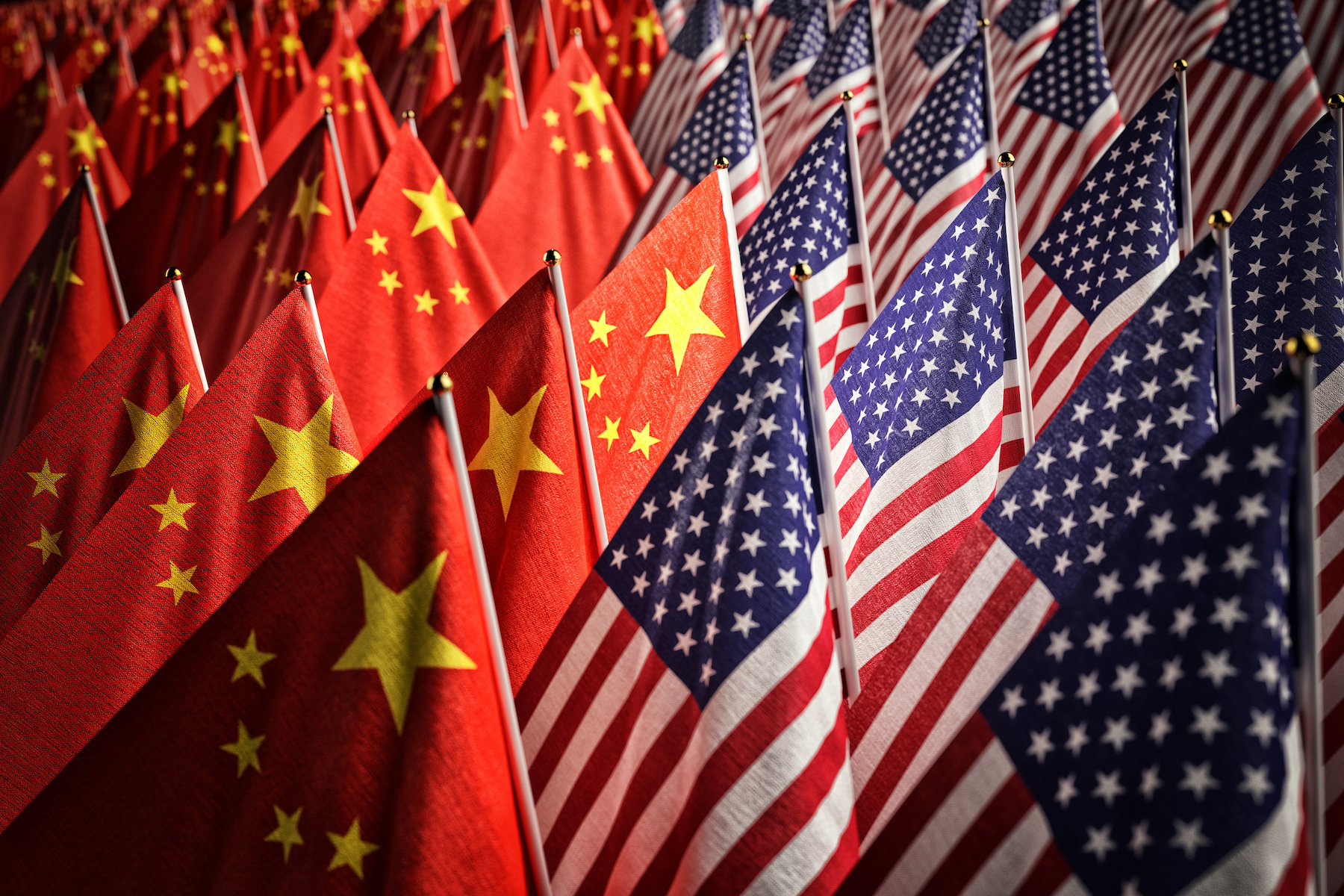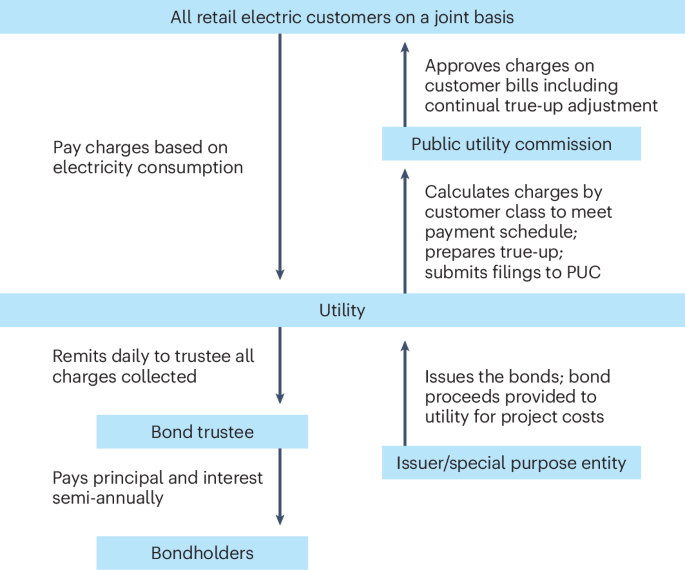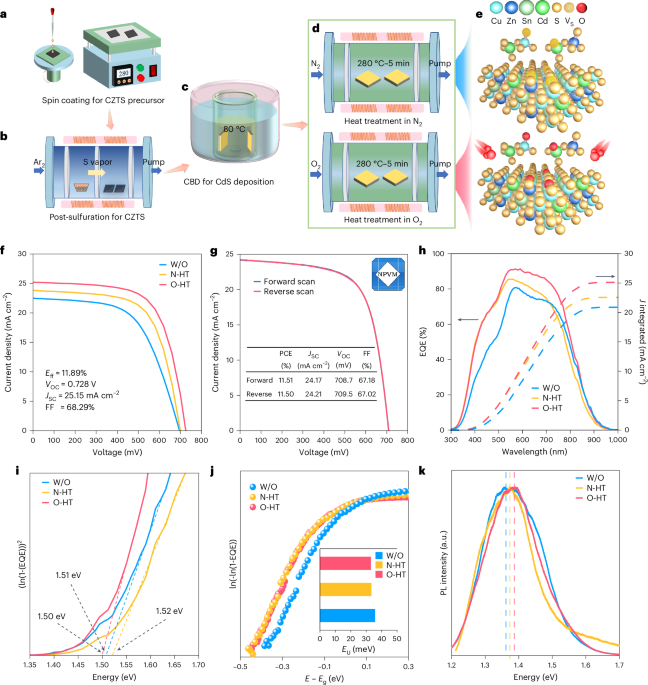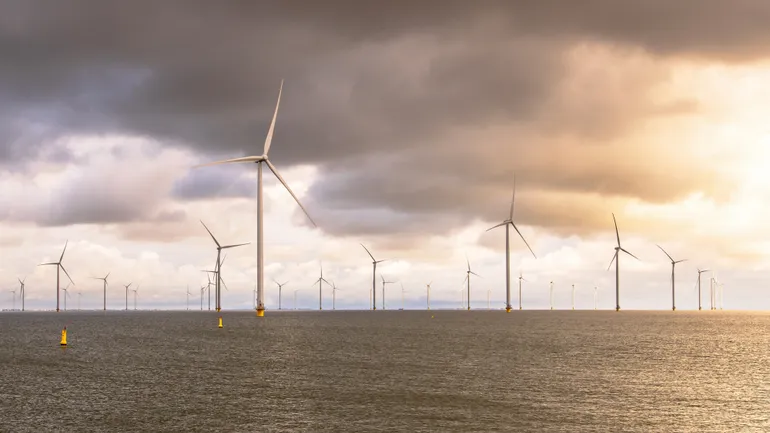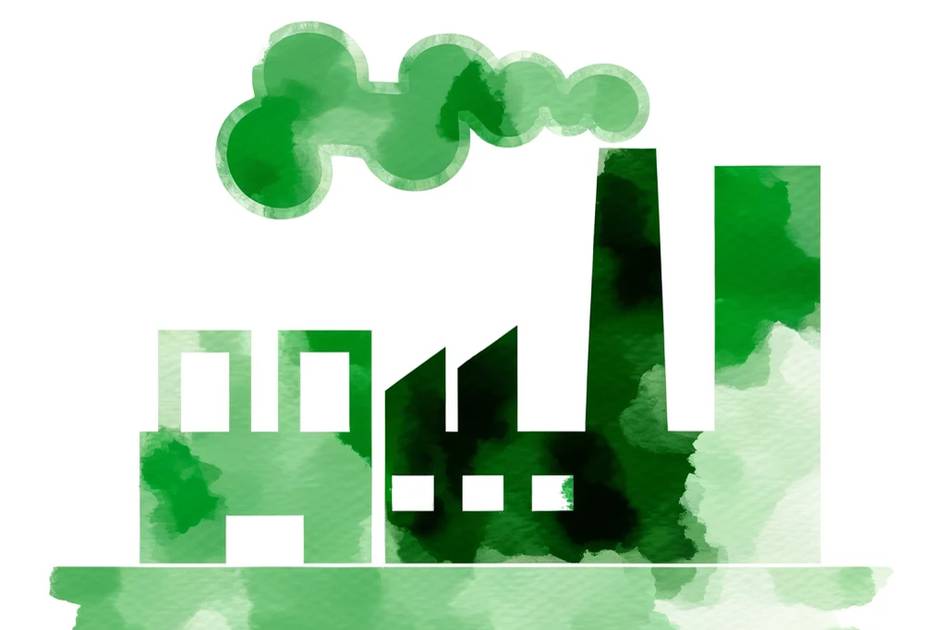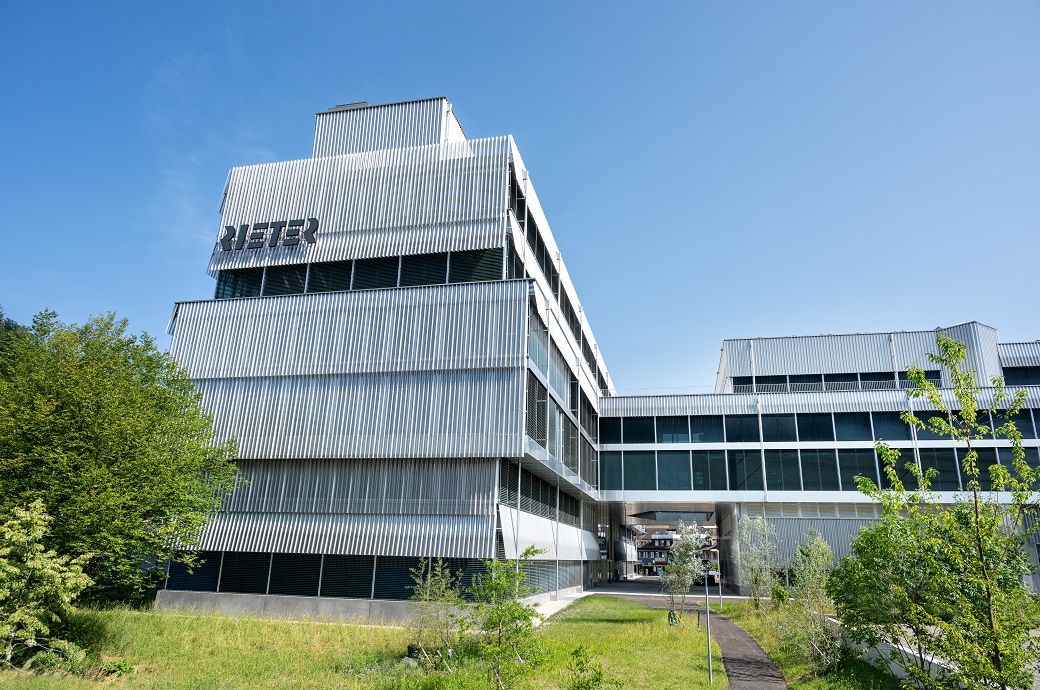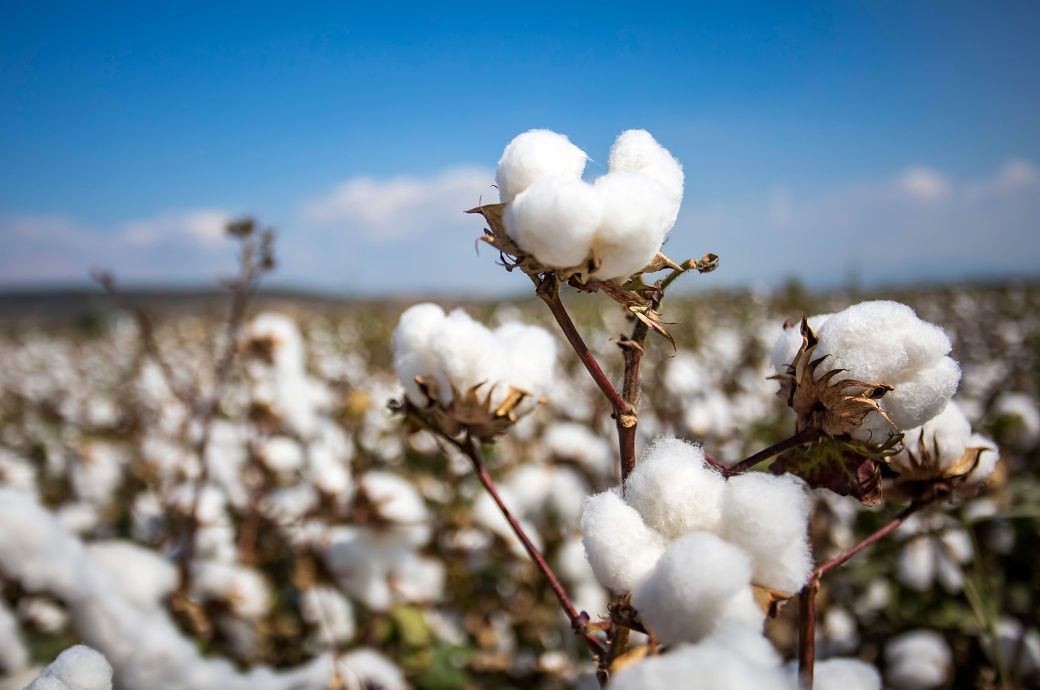Results of the 31st ITMF Global Textile Industry Survey
Credits: Bild: Nappy via Pexels The International Textile Manufacturers Federation (ITMF), has released the results of its Global Textile Industry Survey (GTIS) for March 2025. This survey, conducted regularly across all key regions and segments of the textile value chain, revealed a complex picture of a deteriorated business situation, cautious optimism, regional divergence, and ongoing structural challenges. After a slow but steady recovery since November 2023, the global business situation in the textile industry has slightly deteriorated in March 2025. While East Asia and North & Central America reported modest improvements, they remain at rather low levels. Garment producers continued to show the most stable performance across the value chain. Despite the current challenges, expectations for the 4 th quarter of 2025 remained positive. Optimism was highest in Africa and the Americas, while East Asia stood out with a more pessimistic outlook. Producers of garments, fibers, and finished fabrics were the most hopeful, in contrast to technical and home textiles, where expectations remained subdued. The prior recovery in order intake had also lost momentum, with declines in East Asia and Europe, while South-East Asia remained relatively stable. Garment producers continued to outperform other segments in maintaining order levels. Order backlogs slightly declined to a global average of 2.2 months, with Europe leading due to the strong presence of textile manufacturers. Capacity utilization held firm at 73%, driven by relatively higher rates in Asia. Meanwhile, textile inventories were showing signs of increases, led by yarn producers, while garment makers continued to keep stock levels low amid ongoing market caution. The survey also revealed that concerns around demand and geopolitics were still growing. Weak demand remained the most pressing issue, cited by 62% of respondents, followed by geopolitical tensions (41%). Although worries over energy and raw material costs had slightly eased, concerns around interest rates and new sustainability regulations were on the rise.

The International Textile Manufacturers Federation (ITMF), has released the results of its Global Textile Industry Survey (GTIS) for March 2025. This survey, conducted regularly across all key regions and segments of the textile value chain, revealed a complex picture of a deteriorated business situation, cautious optimism, regional divergence, and ongoing structural challenges.
After a slow but steady recovery since November 2023, the global business situation in the textile industry has slightly deteriorated in March 2025. While East Asia and North & Central America reported modest improvements, they remain at rather low levels. Garment producers continued to show the most stable performance across the value chain. Despite the current challenges, expectations for the 4 th quarter of 2025 remained positive. Optimism was highest in Africa and the Americas, while East Asia stood out with a more pessimistic outlook. Producers of garments, fibers, and finished fabrics were the most hopeful, in contrast to technical and home textiles, where expectations remained subdued.
The prior recovery in order intake had also lost momentum, with declines in East Asia and Europe, while South-East Asia remained relatively stable. Garment producers continued to outperform other segments in maintaining order levels. Order backlogs slightly declined to a global average of 2.2 months, with Europe leading due to the strong presence of textile manufacturers. Capacity utilization held firm at 73%, driven by relatively higher rates in Asia. Meanwhile, textile inventories were showing signs of increases, led by yarn producers, while garment makers continued to keep stock levels low amid ongoing market caution.
The survey also revealed that concerns around demand and geopolitics were still growing. Weak demand remained the most pressing issue, cited by 62% of respondents, followed by geopolitical tensions (41%). Although worries over energy and raw material costs had slightly eased, concerns around interest rates and new sustainability regulations were on the rise.





































































